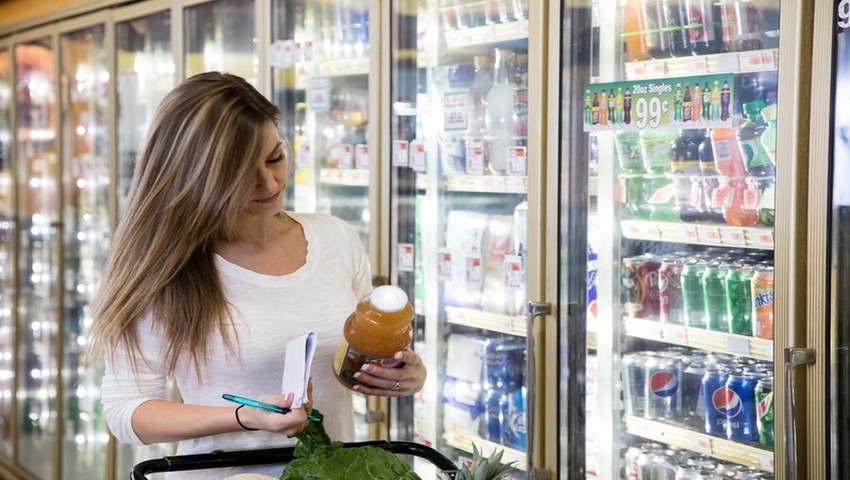Planning and execution are key to the success of an early-stage brand attempting to launch in the highly competitive beverage industry.
September 8, 2016

The number of entrepreneurs creating new beverages continues to explode, ultimately increasing the risk of getting lost in the crowd. And, while traditionally we’ve thought of the big players in the business as struggling to launch innovation, of late they’ve increasingly found ways to launch unique and innovative versions of their core brands while addressing today’s consumer. Datamonitor (USDA, ERS calculations) reported the number of U.S. food and beverage new product launches grew from 9,653 in 1992 to 16,576 in 2000, which was nearly double. From 2000 to 2010, the numbers increased to 21,528. A total of 4,521 of those new products were beverages. The real key to a successful launch is to be able to uncover a consumer need that is not being addressed, or to be able to create a need for which the consumer has not yet realized they have. A brand must also be able to communicate, market and distribute to the consumer via the retail environment. Furthermore, new product launches are continuing to see an increase in natural, premium and functional. As well, the evolution of products into fresh and the cold chain is driving a lot of growth. While the fresh-cold chain business is burgeoning, there are still barriers to entry for the mainstream consumer.
During my years at 7-Eleven managing and developing our beverage business, I experienced the build and growth of “non-carbonated beverages." The launches and building of brands was incredible, incrementally growing these categories year over year. And, at that time, we could build US$600 million to $1 billion brands. In today’s marketplace, there are still many opportunities for success; however, the days of “megabrands" may be a thing of the past. Why? Because we are consumers with choices. Choices of products and categories of products. Choices for different parts of the day. Choices and the ability to try new things. Choices with meals or choices based on activity. Choices based on beverage type and when we want to consume.
As an early-stage brand, how can I have the best chance for success? The answer is planning and execution. The advantage that the big beverage companies have in common is they have a built-in customer base and a built-in way to get to market via their distribution network. Their key disadvantage, though, is speed to innovation and launch. Start-up executives must be guided by three very important documents as they begin to build the business: the overall business plan, the product development and launch plan, and the revenue forecast. These execution documents are all imperative to the success of the company, the brand and the future.
Successful brands are built with a strategy, which includes a very clear understanding of the channel objectives, geographic footprints and approach to the marketplace. Beverage companies have been built with very similar tactics in the past. As we evolve, it becomes critical to think outside the box. Because if we’ve really created an innovative idea based on what’s happening today in new product development, we’re ultimately creating a plan that will incrementally grow all our businesses.
It is important to effectively scale our business and adequately manage that scale. The aspects previously discussed—natural, premium and cold chain—have grown up in natural retail. As we’ve all begun to change our business model, we need to understand how we move from natural retail to conventional, and speak to the mainstream consumer. We will make the right decisions around hiring and staffing, marketing tactics and timing, and the overall brand roll-out market by market, channel by channel, if we understand our retailer community and their objectives (and that includes e-retailing). The business planning process ensures we set realistic expectations as relates to our retailer community, and that we align with their objectives. A starting point is to understand and review all retail channels and the way they go to market, their key initiatives and where we might effectively be positioned within that environment.
The moral to this story? Clear planning and execution are a must.
To hear more of Wildrick’s expertise, check out the Healthy INSIDER Podcast, “Planning a Successful Beverage Launch."
Debbie Wildrick is chief strategy officer at New Jersey-based MetaBrand. She is a sales, marketing and operations executive and channel strategy specialist in the consumer packaged goods (CPG) industry with more than 30 years’ experience. Wildrick has had leadership roles at Fortune 500 companies including 7-Eleven Inc. and Tropicana North America (Pepsico). In addition, her experience includes a strong background in building start-up brands, including her own consulting business, the CEO of BAZI® Inc., FRS Healthy Energy and Sundance Juice Sparklers. She has also worked with leading companies in the industry including retailers, distributors and manufacturers.
About the Author(s)
You May Also Like




.png?width=800&auto=webp&quality=80&disable=upscale)